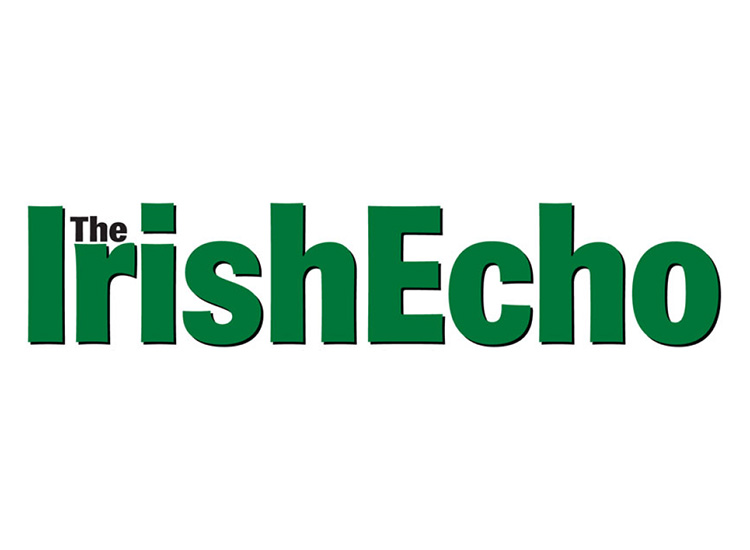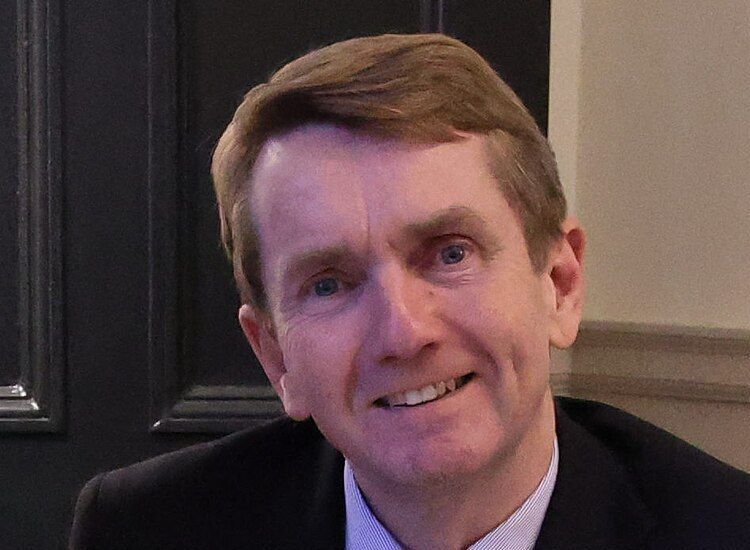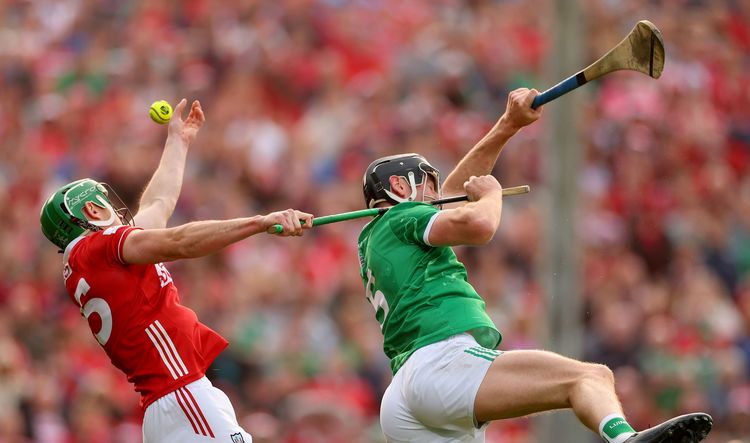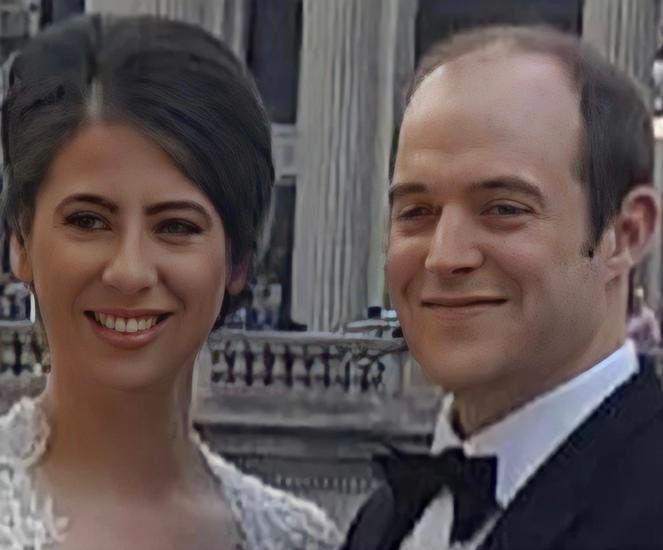The Henry Girls.
By Colleen Taylor
For the past few years, the Temple Bar TradFest in Dublin has brought merriment to my otherwise cold, grey Januaries. A relatively new festival that first launched in 2006, the Fest has quickly gained momentum, offering an array Irish music gigs at a time of year when fans need them most. In less than fifteen years, TradFest has transformed from a new up-and-coming urban edition of more established traditional festivals, such as the Fleadh or the Ennis trad fest, to a veritable annual tradition in its own right. After being stunned and awed by 2019’s stellar lineup, which included a headline concert by Kate Rusby in the revered, haunting setting of St. Patrick’s Cathedral, I had high expectations for 2020’s schedule. But this year, when I bounced about Temple Bar listening to bands both familiar and new, I began to think less about what the TradFest showcased and more about what it said—about Irish folk music in 2020, about community, and about Irish culture as a whole.
If you’re bored or disappointed at TradFest, you’re not doing it right. At any point of the day, from Wednesday to Sunday, you can find a number of Irish music gigs by some of the best in the business, both free and ticketed, both by-the-book traditional bands and groups pushing the boundaries of the Irish folk genre. For instance, this year you could hear cream of the crop, long-time veterans like Cherish the Ladies and young, yet impressive bands—teenagers—who have only been performing for a couple years. The opportunities for discovery and enjoyment are endless. Attendees can even participate in sean-nós workshops or bring the kids along for special TradFest for Children events.
A simple Google search will demonstrate the extent of TradFest’s offerings more concisely and clearly than I can. What I am interested in discussing has more to do with how TradFest creates a microcosm of cultural shifts at work within Irish music, condensed into a small amount of time and space. Festivals, of course, don’t just happen—they are cultivated over a long period of time by skilled, informed cultural curators, such as TradFest’s director, Claudine Murray. Chiming with its cosmopolitan Irish urban setting, TradFest seeks to highlight the youthful, stylish, up-and-coming voices of folk music. It brings the “next generation” to the fore, perhaps even before their prime. As such, it not only offers a great opportunity for young Irish musicians to grow and gain unique exposure—including, potentially, a few bookings at American festivals—but it also provides people like me with a sharpened preview of where Irish music might be going.
In that preview, one theme was particularly loud this year: Americanism. A few years ago, I started writing about this thing called “Eirecana”: a trend in which Irish bands trained in traditional tunes and technique had begun to embrace influences from American folk, including bluegrass, country, Appalachian music and Americana at large. At that stage, I was only aware of a handful of bands engendering this reverse diaspora. But now, to use a tired cliché, “all the young kids are doing it.” TradFest 2020 evinced this fact. Of course, mixing bluegrass, country, and Irish tunes is not “new” as such—the two genres are closely linked historically, and Irish immigrants contributed to the development of these American folk genres. But young Irish bands’ open, self-conscious intent to mix Irish traditional with Americana is new in its prevalence. And frankly, the ones doing it are the best folk musicians out there, as brief scroll through the Echo’s Arts section will tell you.

TradFest in Dublin.
One new green band partaking in the trend is All Folk’d Up. This young group of men is making the Clancy Brothers and Tommy Makem cool again. They take the old folk songs that wowed audiences in 1950s and ’60s. America and bring them straight forward into 2020. With great vocals, whistles, and energy, the band is able to add their own touches to old favorites, and they often do so with a bluegrass rhythm or rock beat. All Folk’d Up like to surprise their audience: starting with a traditional song like “The Mermaid” or “Go Lassie Go” they’ll reinvent it half way through the set, shifting into upbeat rhythms that literally revitalize the tradition. Most interestingly, a song called “Love Me Now,” from the band’s second, 2016 album, is a true fusion of genres and ideas. Lively and catchy, the song is both rock hit and Americana anthem, touting a bluegrass rhythm executed through traditional Irish instruments.
I witnessed other iterations of this reverse diasporic creativity. A band called Black Bank Folk, with roots in Dublin’s Blackbanks on the Northside, are tapping into the musical tastes of Dublin’s urban youth by mixing angsty, indy rock with traditional instruments like the uileann pipes and fiddle. The pipes, in particular, make this band unique, happily subduing otherwise harsh rock percussion. Perhaps most interestingly, this band uses modern trends to tell a historical narrative: their debut album in 2016 was inspired by the 1916 Easter Rising.
One of the gigs that got the biggest buzz and crowd this year was a triad of young traditional bands: Connla, Réalta and Boxing Banjo, hailing from Derry, Belfast, and Mayo, respectively. Connla imbues traditional Irish music with unrestricted, childlike joy. Led by the formidable personality and vocals of Ciara McCafferty, this band shines—not just because of their young age, but also because of their unselfconscious expression and generous energy. Although all traditional musicians, Connla are also adhering to the theme of Eirecana by singing American folk songs alongside their traditional sets. Similarly, following in the footsteps of Lúnasa, Réalta uses the non-traditional cello to add depth to their comprehensive trad sound, made all the more full by two uileann pipers.
But perhaps the group that drew the most devotees (aside from the likes of Cherish the Ladies, who headlined the elite TradFest Gala) was the Henry Girls—a sister group from Donegal whose fans, I was surprised to see, knew all the words to what one might have imagined were unknown songs. The Henry Girls have mixed the most interesting flavor of reverse diaspora: they use their traditional instruments, including harp, fiddle, mandolin and even the ukulele, to sing jazz and swing harmonies from early to mid-20th century America. Think: the Irish epilogue to the Andrews Sisters. This group’s biggest influence is the New Orleans trio the Boswell Sisters, who were popular in the Roaring ’20s. Instead of trumpets, the Donegal sister act use their harp and fiddle to emulate that jazzy feeling pioneered by the Boswells. The Henry Girls have acquired a die-hard following—to the point that fans approached me to ensure their mention here in the column (not that I needed convincing). It goes without saying that this reverse-diaspora fusion of swing harmony and trad resonates with fans.
In addition to genre mixology, some bands seem to be embracing cosmopolitan influences via their execution and performativity. One surprising stand out for me this year was a humble trio called “MEGA-Trad,” who use their multi-instrumental skills and traditional background to, simply, jam out—organically, spontaneously. Such a marriage of ease, skill, and rhythm rallied the pub crowd in Temple Bar, inspiring dancing that harkened back to a parlor room céilí one hundred years ago. Wonderfully, this band puts fiddle in conversation with electric mandolin—evidence in and of itself of trad’s modernization.
So—what to make of this Americanized traditional Irish music? Of course, there are still plenty of bands on the bill playing in the old style—including Cherish the Ladies, the Fureys, and a Donegal singer like Diane Cannon, for instance, who continues her family’s long-held legacy of singing sean-nós. What’s more, Temple Bar’s TradFest retains its Irishness in the culture of the festival—the camaraderie, small-town vibe, old-time Irish folk songs emanating from pub to pub. In fact, TradFest is at its best during the day, when you can pop from pub to pub for a variety of free gigs sponsored by Smithwicks.
Nevertheless, most of these young bands seem to be looking to America for new inspiration rather than their own genre’s historical players. Of course, the greats of trad are acknowledged implicitly in the sound and skill, but explicitly, the focus is westward—to America and back again. Perhaps this is just an inevitable phenomenon of 21st-century life, in which American pop culture inundates worldwide media and entertainment. Perhaps it is a product of the American festival circuit, where so many of these bands aspire to play, and thus make their music more relatable for American fans. But I also think the trend signifies something more historically engaged—an awareness that these two musical styles are not so disparate and that, in a world where folk music must compete with electro genres and synth boards, there is strength in uniting the two national traditions, rather than dividing them. To captivate, to be current, one must reawaken the old genres with the help from musical kin.
Like all Gen Y’s, Gen Zer’s, and whichever letter generation following baby boomerdom, these emerging bands are moving beyond the status quo and creating a new message and style of their own. Is it the death of traditional music as we have known it, from Clancy to Lúnasa? By no means. But it may be the death of many of the austere rules and customs that have made traditional Irish music more provincial and solemn than globally palatable.
These young traditional players are not afraid to add some flare, movement, and yes, even sass, to their playing. It may not be “traditional” in the sense of doing things the same way as they have always been done, but it is, indeed, electric. It made the crowds come alive, from unassuming tourists in a Temple Bar pub, to excited millennials in Dublin’s Button Factory, and dedicated fans I met from Germany, hoping to catch their favorite Irish music mixologists. Admittedly, a part of me missed that trusted traditional session I am used to, was reared on. But I can always go to Galway or Clare for that. And at the end of the day, I am happy to see that traditional Irish music—including the folk songs to which I know all the words, the tunes to which I have always danced—persists with updated and current, resonant trimmings. TradFest 2020 has announced a new generation of Irish music, in which the distinction between “Irish” and “American” happily collapses.









